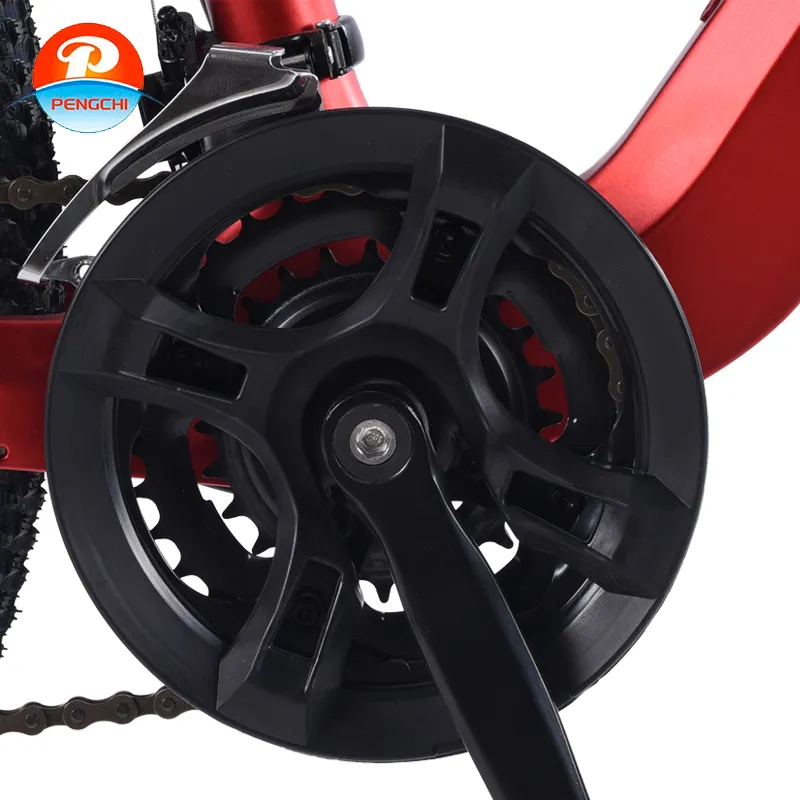
-
 Afrikaans
Afrikaans -
 Arabic
Arabic -
 Belarusian
Belarusian -
 Bengali
Bengali -
 Bulgarian
Bulgarian -
 Croatian
Croatian -
 Czech
Czech -
 Danish
Danish -
 Dutch
Dutch -
 English
English -
 Finnish
Finnish -
 French
French -
 German
German -
 Greek
Greek -
 hawaiian
hawaiian -
 Hebrew
Hebrew -
 Hindi
Hindi -
 Hungarian
Hungarian -
 Indonesian
Indonesian -
 irish
irish -
 Italian
Italian -
 Japanese
Japanese -
 Javanese
Javanese -
 kazakh
kazakh -
 Khmer
Khmer -
 Korean
Korean -
 Kyrgyz
Kyrgyz -
 Lao
Lao -
 Latin
Latin -
 Luxembourgish
Luxembourgish -
 Malay
Malay -
 Myanmar
Myanmar -
 Norwegian
Norwegian -
 Persian
Persian -
 Polish
Polish -
 Portuguese
Portuguese -
 Romanian
Romanian -
 Russian
Russian -
 Serbian
Serbian -
 Slovak
Slovak -
 Somali
Somali -
 Spanish
Spanish -
 Swedish
Swedish -
 Tagalog
Tagalog -
 Thai
Thai -
 Turkish
Turkish -
 Turkmen
Turkmen -
 Ukrainian
Ukrainian -
 Uighur
Uighur -
 Vietnamese
Vietnamese
nov . 08, 2024 11:48 Back to list
Exploring the Various Categories and Features of Mountain Bikes
The Different Types of Mountain Bikes
Mountain biking is an exhilarating outdoor activity that allows enthusiasts to explore rugged terrains and enjoy the beauty of nature. The right mountain bike can significantly enhance the riding experience, and understanding the different types of mountain bikes available can help you make an informed choice. Here, we will delve into the various categories of mountain bikes, each designed to cater to specific riding styles and environments.
1. Cross-Country (XC) Mountain Bikes
Cross-country mountain bikes are designed for speed and efficiency, making them ideal for riders who enjoy long-distance rides on varied terrain. These bikes typically feature a lightweight frame, narrow tires, and a more upright riding position, which allows for better energy transfer and pedaling efficiency. Cross-country bikes are perfect for races and long trail rides, with suspension options ranging from hardtail (front suspension only) to full suspension. They excel on climbing and flat terrains but can be less stable on extremely technical trails.
Trail mountain bikes strike a balance between performance and comfort. They are versatile and can handle a wide range of terrains, making them suitable for both climbing and descending. Typically equipped with wider tires and more robust suspension systems, trail bikes usually have a moderate geometry that offers a comfortable riding position. These bikes often come with varying amounts of suspension travel, ranging from 120mm to 150mm, allowing them to absorb bumps and rough patches without compromising the rider's control and efficiency.
3. All-Mountain (Enduro) Bikes
All-mountain bikes, also known as enduro bikes, are designed for aggressive terrain and steep descents. They feature a more relaxed geometry, which gives riders better stability and control on technical trails. With a suspension travel of 150mm to 180mm, all-mountain bikes are built to handle rough descents while still maintaining climbing capabilities. They are heavier and more robust, providing the durability needed for challenging courses and downhill sections. Riders who enjoy long descents and technical challenges will find all-mountain bikes to be their best option.
the different types of mountain bikes

4. Downhill Bikes
Downhill bikes are specifically designed for riding steep downhill trails. They are built to withstand high speeds and rough conditions, featuring long suspension travel (180mm to 250mm) to absorb the shock of jumps, drops, and rough terrain. These bikes have a heavier frame and a more aggressive geometry, designed for maximum stability and control at high speeds. While downhill bikes excel in descending, they are not suitable for climbing due to their weight and design. Riders often use these bikes on downhill mountain parks and designated trails.
5. Fat Bikes
Fat bikes are designed for riding on extremely soft and unstable surfaces such as snow, sand, or mud. They are equipped with oversized tires that provide enhanced traction and floatation, allowing riders to traverse challenging terrains where traditional mountain bikes might struggle. The frame design incorporates wider spacing to accommodate the thick tires, and many fat bikes come with a rigid or minimal suspension setup. This category of mountain bike opens up new possibilities for riding during winter months or in beach areas, making it a unique option for adventurous bikers.
6. Electric Mountain Bikes (e-MTBs)
Electric mountain bikes, or e-MTBs, have gained popularity in recent years. They incorporate a battery-powered motor that provides assistance while pedaling, allowing riders to tackle tougher climbs and longer distances with less effort. e-MTBs come in a variety of styles, including cross-country, trail, and all-mountain, offering the same capabilities as their non-electric counterparts but with the added benefit of pedal assistance. This type of bike is perfect for those who want to cover more ground or for riders who may struggle with the physical demands of traditional mountain biking.
Conclusion
When choosing a mountain bike, it is crucial to consider your riding style, the terrain you plan to tackle, and your skill level. With options ranging from cross-country to downhill bikes, each type has been engineered to meet specific needs and enhance the riding experience. By understanding the differences, you can select the right mountain bike that aligns with your adventures, ensuring a thrilling and enjoyable ride every time you hit the trails. Whether you’re a casual rider or a seasoned pro, the perfect mountain bike awaits.
-
Red Black BMX Bike with GPT-4-Turbo AI Tech
NewsJul.31,2025
-
New Red Anti-theft E-Bike | Easy Ride City Commuter
NewsJul.31,2025
-
BMX 20 Inch Bikes for Freestyle & Street | Fat Tire Options Available
NewsJul.30,2025
-
322 High Quality 26 Inch 21 Speed Adult Mountain Bike OEM MTB
NewsJul.29,2025
-
Specialized Kids Mountain Bikes - Safe, Durable & Fun Riding Experience
NewsJul.29,2025
-
Little Kids Mountain Bike - Lightweight Bikes for Young Riders
NewsJul.29,2025

